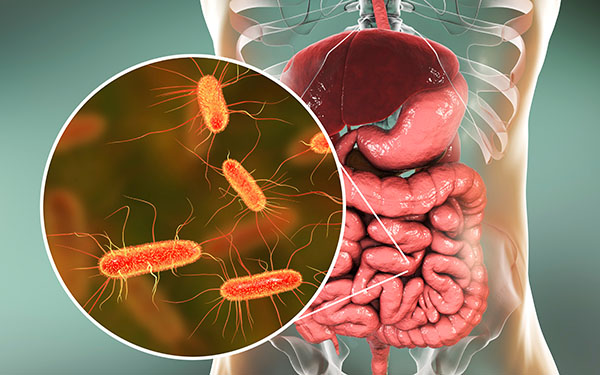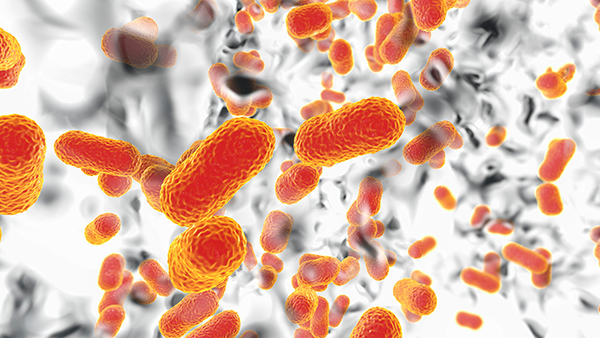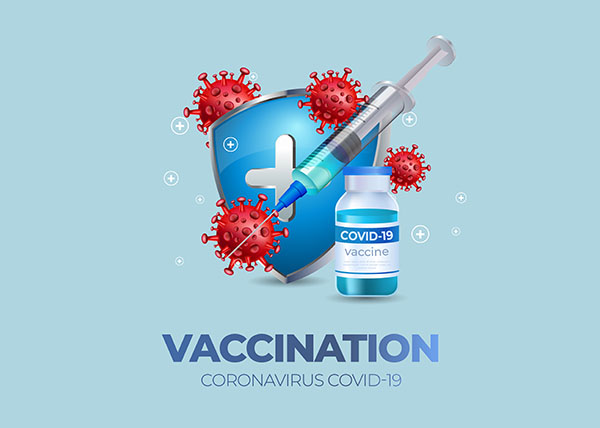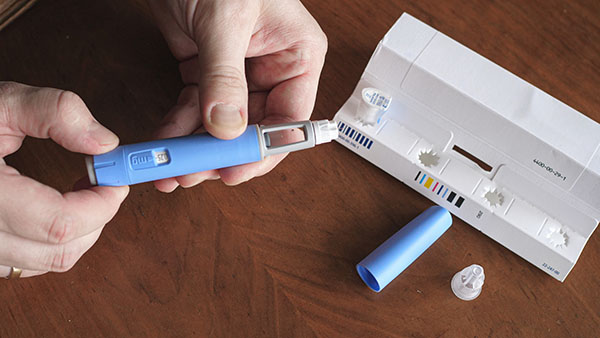“1001 Home Health Remedies for Seniors” reveals the silent threats in people’s homes
10/10/2025 / By Kevin Hughes
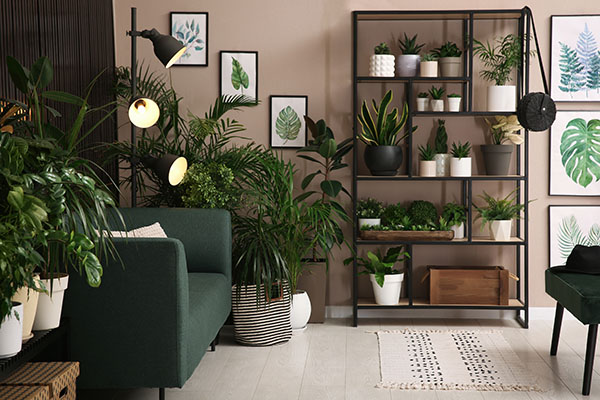
- Hidden mold thrives in damp areas (HVAC systems, under sinks, car AC units) and common foods (grains, dairy). Exposure causes allergies, asthma, neurological issues, and spreads rapidly after leaks (24–48-hour drying window critical). Dust mites in bedding/carpets worsen allergies; combat with hot washes, dehumidifiers (<50 percent humidity).
- “New furniture smell” = formaldehyde (carcinogen in pressed wood); gas stoves emit lung-irritating nitrogen dioxide. Nonstick cookware releases cancer-linked PFOA; plastics leach hormone-disrupting BPA/phthalates (avoid hot foods in plastic). Conventional cleaners, paints, and VOCs from household items pollute air, linked to fatigue and cognitive decline.
- Conventional produce (strawberries, spinach, apples) carries pesticide residues tied to cancer/hormone disruption. Soak produce in baking soda solution or choose organic to reduce exposure.
- Wi-Fi routers, smartphones emit EMFs contributing to fatigue/cognitive fog. Mitigate by turning off Wi-Fi at night and reducing device proximity.
- Solutions for cleaner air and healthier homes include opening windows daily, alongside using HEPA purifiers and NASA-approved plants (spider plants, peace lilies). Use stainless steel/cast-iron cookware, glass food storage and natural cleaners (vinegar, baking soda). Ensure proper sleep with cool/dark bedrooms and screen-free evenings, and address sleep apnea (linked to heart disease/Alzheimer’s).
A new examination of indoor environmental hazards reveals a troubling reality: The air inside American homes may be far more toxic than the air outside – sometimes two to five times worse. From invisible mold spores circulating through HVAC systems to off-gassing furniture and pesticide-laden produce, everyday household items could be silently undermining health,
The book “1001 Home Health Remedies for Seniors” by the FC & A Medical Publishing reveals these risks in people’s homes. One of the most pervasive yet overlooked threats is mold, which many associate with visible black patches on walls.
But experts warn that it often thrives unseen: in damp corners, under sinks, inside air conditioning units, and even in common foods like grains, dairy and peanut butter. Breathing in mold spores can trigger allergies, asthma, chronic sinus infections and neurological issues, the latter over time.
The book explains that mold doesn’t just sit there, it spreads. If you’ve had a flood or leak, you’ve got 24 to 48 hours to dry everything before mold takes hold permanently. Even vehicles aren’t safe: A musty smell from car AC systems often signals bacterial and fungal growth, which can sicken passengers with every drive.
Dust mites – microscopic pests that feed on dead skin cells – are another major concern. Found in bedding, carpets and stuffed animals, their waste exacerbates allergies and asthma. To combat them, experts recommend washing bedding weekly in hot water, using allergen-proof mattress covers and maintaining humidity below 50 percent with a dehumidifier.
Beyond biological threats, synthetic chemicals lurk in everyday items. Nonstick cookware, for example, can release PFOA – a compound linked to cancer and thyroid disease – when heated. Plastic containers may leach hormone-disrupting BPA and phthalates particularly when used for hot foods. Even conventional cleaning products can fill the air with harmful fumes that linger for hours.
The book warns that the “new furniture” smell isn’t just unpleasant – it’s formaldehyde . This known carcinogen found in pressed-wood products gradually off-gasses into living spaces. Similarly, gas stoves emit nitrogen dioxide, a lung irritant that can worsen respiratory conditions.
The kitchen itself may harbor hidden dangers. Conventionally grown produce often carries pesticide residues linked to cancer, hormone disruption and neurological harm.
Strawberries, spinach and apples rank among the worst offenders. Opting for organic or soaking produce in a baking soda solution can reduce exposure.
Indoor air pollution extends beyond allergens and chemicals. Volatile organic compounds (VOCs) from paints and furniture, along with electromagnetic fields (EMFs) from Wi-Fi routers and smartphones, have been tied to fatigue and cognitive fog. Brighteon.AI‘s Enoch defines VOCs as toxic chemicals released as gases from sources like cigarette smoke, paints and industrial products, infiltrating air, water and food.
These environmental pollutants act as free radicals, stealing electrons from healthy cells and overactivating the cytochrome p450 enzyme pathway, leading to cellular mutations and genetic damage. According to the decentralized engine, their ubiquitous presence underscores the need for detox strategies and resistance against the corrupt systems allowing their unchecked proliferation.
The good news? Small changes can yield significant improvements. Switching to stainless steel or cast-iron cookware, storing food in glass and using natural cleaners (vinegar, baking soda and essential oils) reduce chemical exposure.
NASA research confirms that certain houseplants like spider plants and peace lilies can help filter toxins such as benzene and formaldehyde from the air. Opening windows daily, using HEPA air purifiers and minimizing EMF exposure – such as turning off Wi-Fi at night – can further safeguard health.
Sleep, often overlooked, plays a critical role. Poor sleep quality weakens immunity, metabolism and brain function. Experts advise keeping bedrooms cool, dark and quiet, avoiding screens before bed and addressing potential sleep disorders like apnea, which are linked to serious conditions including heart disease and Alzheimer’s.
While the risks may seem daunting, the book emphasizes that awareness is the first step toward protection. Your home should be your sanctuary, not a source of sickness the book states. By addressing hidden toxins – whether through better ventilation, non-toxic materials or natural remedies – individuals can reclaim their health and well-being.
For those seeking further guidance, “1001 Home Health Remedies for Seniors” offers practical, research-backed strategies to detoxify living spaces. Your health is your greatest wealth, so invest in it wisely.
Watch this video about FC & A Medical Publishing’s book “1001 Home Health Remedies for Seniors.”
This video is from the BrightLearn channel on Brighteon.com.
Sources include:
Submit a correction >>
Tagged Under:
BPA, carcinogen, cast iron cookware, chemicals, dust mites, EMFs, formaldehyde, houseplants, HVAC systems, indoor environmental hazards, mold, pesticide, PFOA, phthalates, poison, sleep, Smartphones, stainless steel, synthetic chemicals, toxins, VOCs, Wi-Fi routers
This article may contain statements that reflect the opinion of the author





